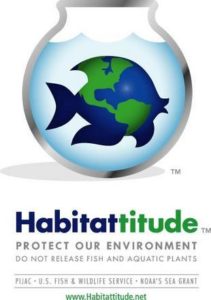NYS hears public feedback about developing wind energy off the Great Lakes
The state held a public feedback event this past week as New York State works on a study about creating wind energy in the Great Lakes, which is expected to be finished early next year. Read the full story by WIVB – TV – Syracuse, NY.
Great Lakes Commission
https://www.glc.org/dailynews/20210611-wind-energy




 After considering all options, a plan was put into place to drain the pond and compost the goldfish. At that same time, we were in the middle of developing “
After considering all options, a plan was put into place to drain the pond and compost the goldfish. At that same time, we were in the middle of developing “








